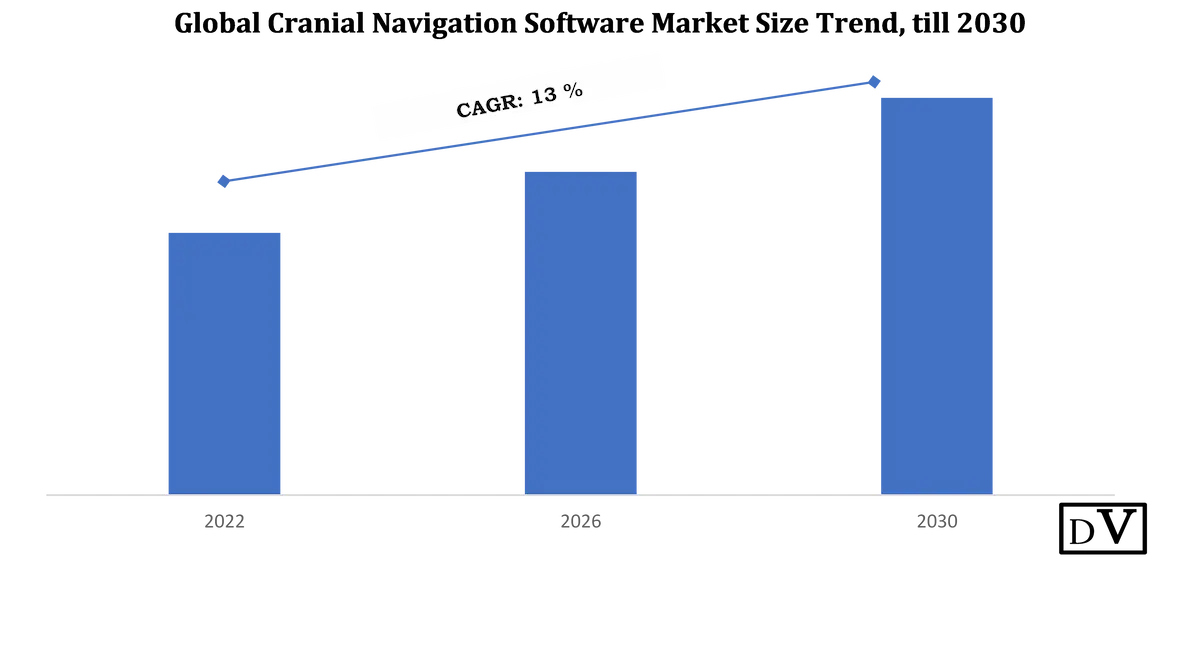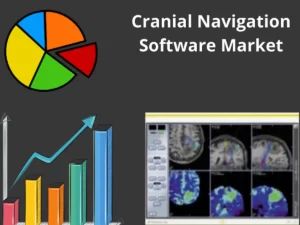© 2021 All rights reserved
Datavagyanik- Your Research Partner

The market for surgical navigation systems is growing rapidly as these solutions are greatly being helpful in surgical procedures. Navigation Software is being used in simple routine to highly complex neurosurgical processes. These solutions provide a detailed 3D preview of the critical structures before opening the skull and display optimal patient data in a simplified manner. The solutions are also being offered with augmented functionalities like patient registration. Datavagyanik Analysts suggest that the Global Cranial Navigation Software Market should grow at a CAGR of 13% during the forecast period.

The research report titled “Cranial Navigation Software Market, Business and Opportunity Analysis” published by Datavagyanik presents a detailed analysis of the Cranial Navigation Software market with country-wise market statistics, qualitative insights, and market player analysis. One of the prime objectives of the report is to provide an assessment of the market potential, market revenue, growth, and business opportunities for the Cranial Navigation Software Market in each country.

The report analyzes Cranial Navigation Software market from demand as well as supply side. In supply side analysis, we reach out to the Cranial Navigation Software market players to collect information on their portfolio, revenue, target customers and other insights. During this process, paid interviews and surveys are conducted for obtaining and validating the data pointers. We also deep dive into the available paid industry databases, research studies, white papers and annual reports.
As a part of our demand side analysis, we reach out to the end users of Cranial Navigation Software, to gauge the application areas, demand trends and similar insights.
This business analysis report on the Cranial Navigation Software market presents a regional as well as country level analysis. The regions covered in the report are – North America, Europe, Asia Pacific and Rest of the World. In these four regions, all the countries have been covered in detail with information on Cranial Navigation Software market size, trends and forecast.

The report covers Cranial Navigation Software market revenue and forecast for the period (till 2030), by regions, (further split into countries):
| Year | 2023 | 2025 | 2027 | 2029 | CAGR (till 2030 |
| Cranial Navigation Software Market Revenue ($Million) | XX | XX | XX | XX | XX |
| Total | XX | XX | XX | XX | XX |
*Note – Country level break-down has been covered in the report
Some of the market players covered in the report are listed below
There is an entire data collection and validation framework that Datavagyanik follows to provide you with authentic information. We connect to industry experts across various countries to understand market trends and demand pattern. The same is done through paid interviews and surveys.
Our internal team of analysts are experts in studying market pattern, mining data and extracting useful information from different paid as well as freely available sources. Datavagyanik has exhaustive internal data base with information on markets, market players and other macro and micro economic indicators that impact industries.
Keywords:- Cranial Navigation Application, Cranial Navigation Image Guided Surgery System, Neurosurgery software, Neuro navigation software, Neurosurgury planning software.
“Every Organization is different and so are their requirements”- Datavagyanik







© 2021 All rights reserved
Datavagyanik- Your Research Partner
Add the power of Impeccable research, become a DV client